Ferrari 499P: The Prancing Horse’s Hybrid Le Mans Hero
Ferrari doesn’t do things by halves. If they take a 50-year break from top-tier endurance racing, they return with a bang. Enter the Ferrari 499P, the Le Mans Hypercar that dragged Maranello back to the 24 Hours of Le Mans and promptly won it, ending a drought stretching back to 1965. It’s not just a racing prototype; it’s a rolling manifesto of Ferrari’s technical prowess and competitive spirit.
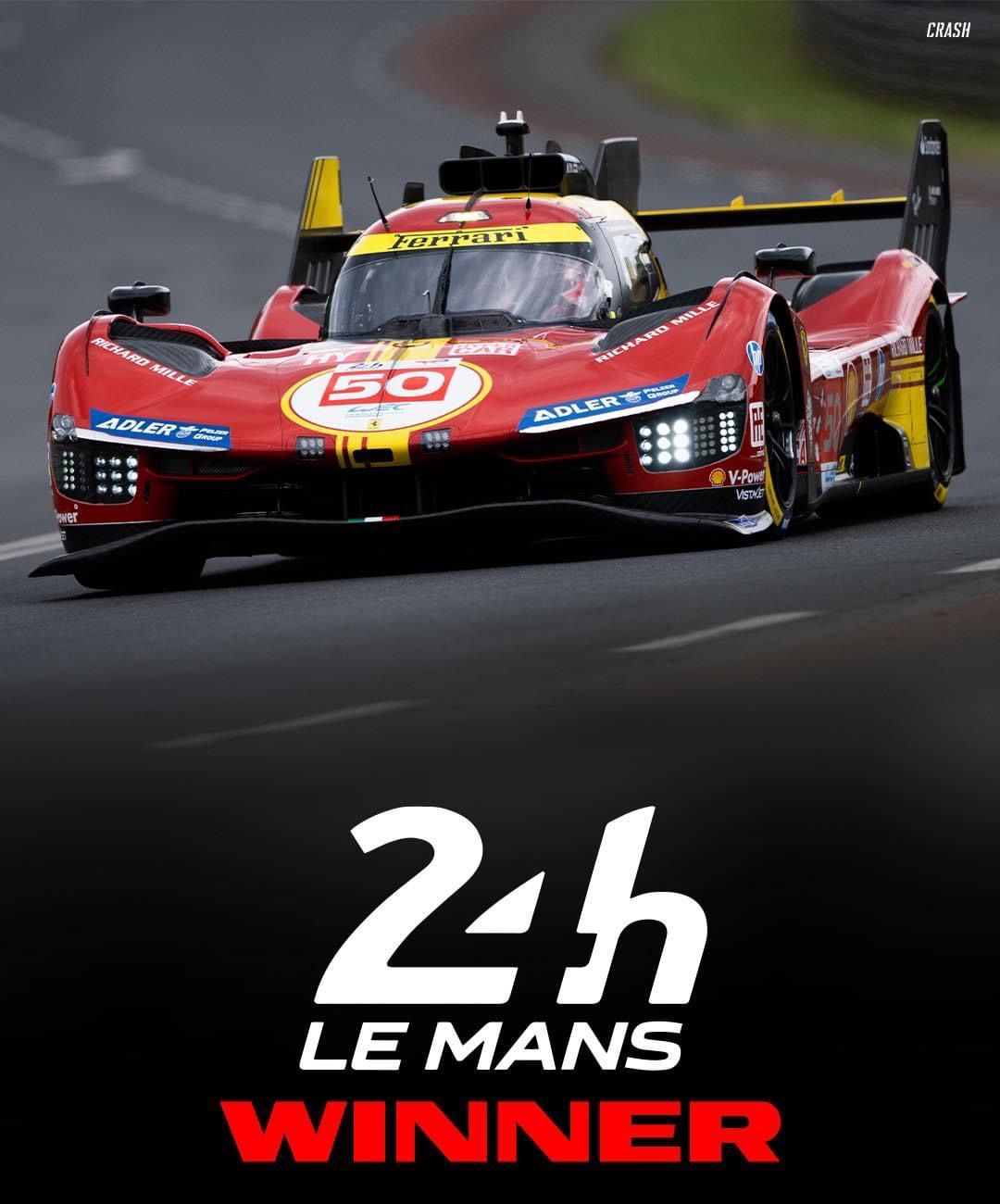
And yes, it’s a hybrid – but fear not, this V6 turbo thoroughbred hasn’t gone soft. In true Ferrari fashion, the 499P blends cutting-edge innovation with a heaping dose of drama and style, all delivered with the irreverent flair worthy of its red-blooded lineage.
Under the 499P’s sculpted carbon-fiber skin lies a heart that’s half internal combustion fury, half electric wizardry. A mid-rear 3.0-liter twin-turbo V6 provides the angry noises and a regulation-limited 680 horsepower kick, while an Energy Recovery System electric motor on the front axle brings an extra 272 horsepower worth of forward thrust. In practice, that means an all-wheel-drive racer that only brings the front wheels into the party above 190 km/h – because who wouldn’t want more drive when already hurtling down the Mulsanne Straight at terrifying speeds? The 800-volt battery, borrowing tech from Ferrari’s Formula 1 program, recharges itself under braking so no one has to plug this thing in during pit stops. In short, the 499P is a hybrid in the same way a rocket-assisted grenade is – technically true, but the overall effect is still delightfully explosive.
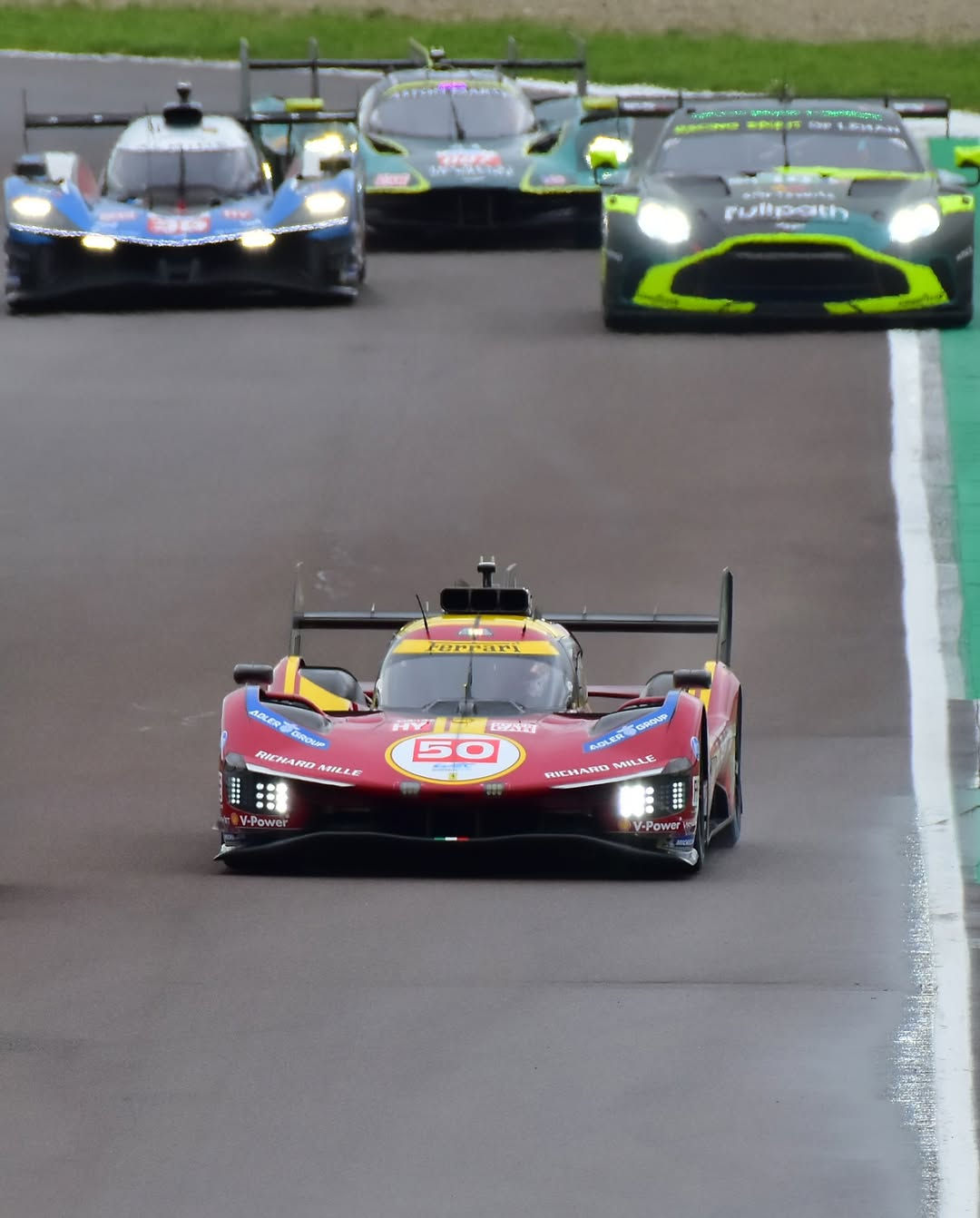
Despite packing a smaller engine than many road-going Ferraris, the 499P’s V6 is every bit a Ferrari engine in attitude. It even serves as a stressed member of the chassis, literally holding the car together. The whole car is built around a lightweight carbon-fibre monocoque, so the engineering is as exotic as you’d expect. Push-rod suspension, massive brakes with brake-by-wire energy recovery – all the nerdy bits are present and tuned for endurance racing’s unique challenge of sprinting for 24 hours straight. Ferrari’s engineers, likely espresso-fueled and mischievous, have effectively created a mobile laboratory of technology that somehow still growls and barks like an old-school racing Ferrari.
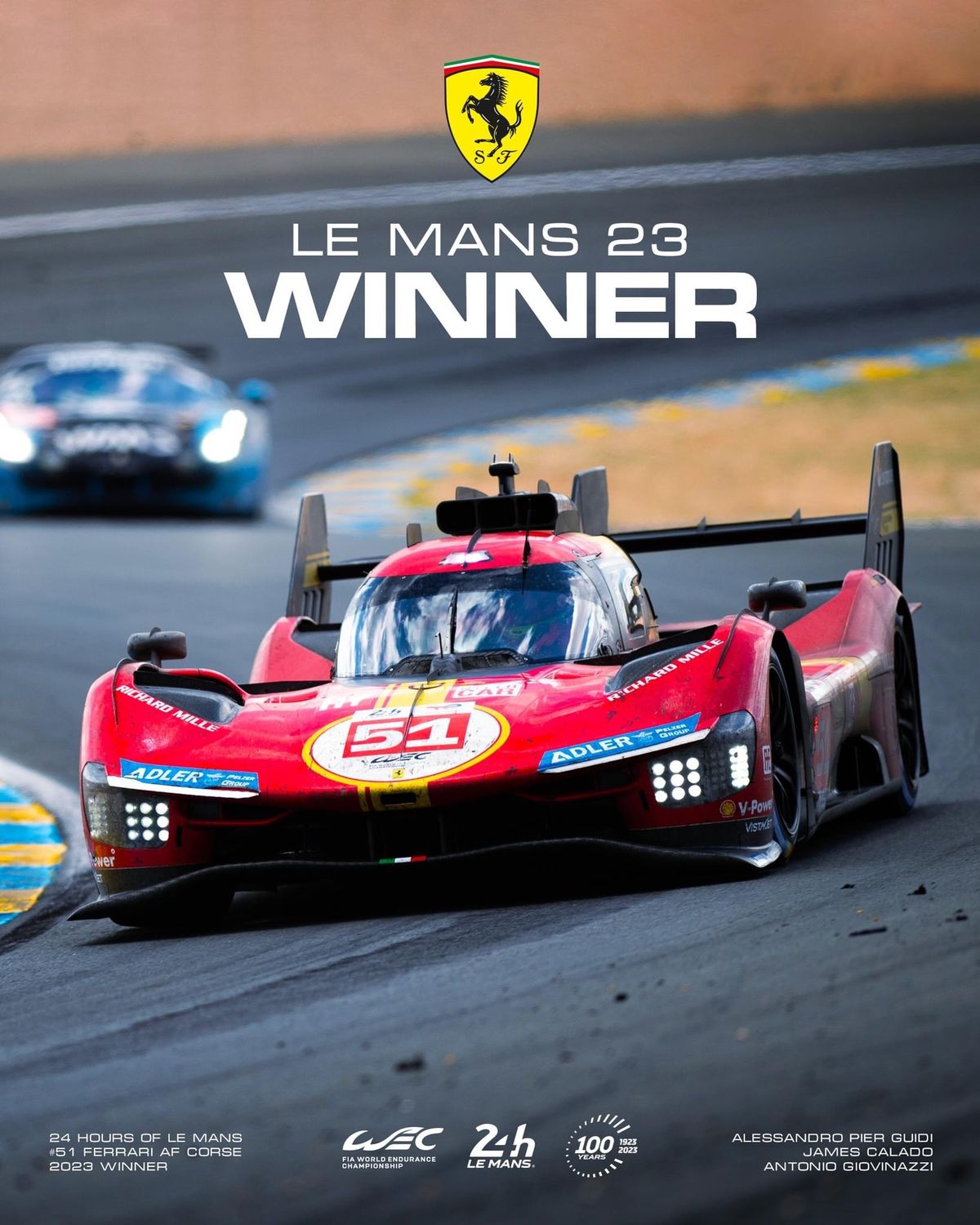

Race cars are usually designed by the wind tunnel first, but Ferrari being Ferrari, they couldn’t resist making the 499P a looker. Flavio Manzoni, Ferrari’s Chief Design Officer, set out to pen the most beautiful hypercar on the grid – an object instantly recognizable as a Ferrari even at 3 a.m. at Le Mans, headlights ablaze. The result is a sleek, low-slung machine draped in Rosso Le Mans glossy red paint with yellow accents, a livery that pays homage to Ferrari’s 1970s prototype, the legendary 312 PB. The front LED headlights echo the dramatic styling of the Daytona SP3, while the rear sports a double-stacked spoiler and a horizontal light bar that stretches across the tail. Even a Le Mans racer isn’t immune to the modern trend of full-width taillights – though here it’s less about style points at the pub and more about being visible as it blasts through the night.
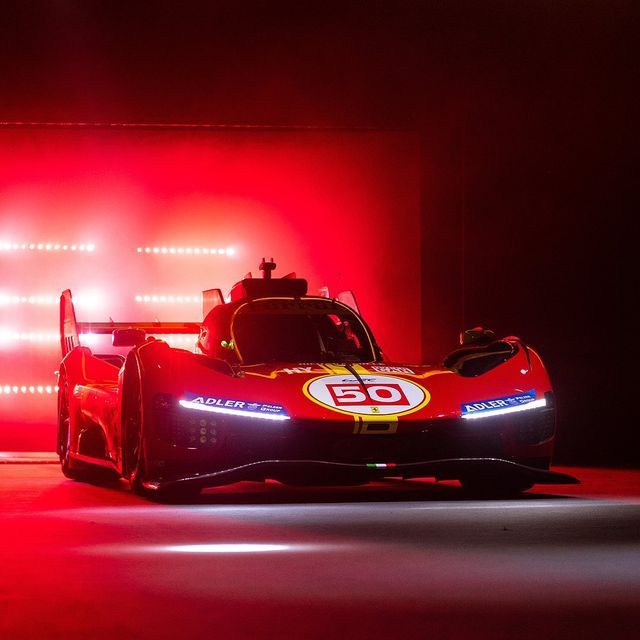
Every curve and vent of the 499P serves a purpose. Huge air channels are carved behind the front wheels to cool the brakes and manage airflow, and that prominent roof snorkel gulps down air to feed the turbo V6 and cool the battery and gearbox. Ferrari’s design and aero teams actually worked in rare harmony on this car;
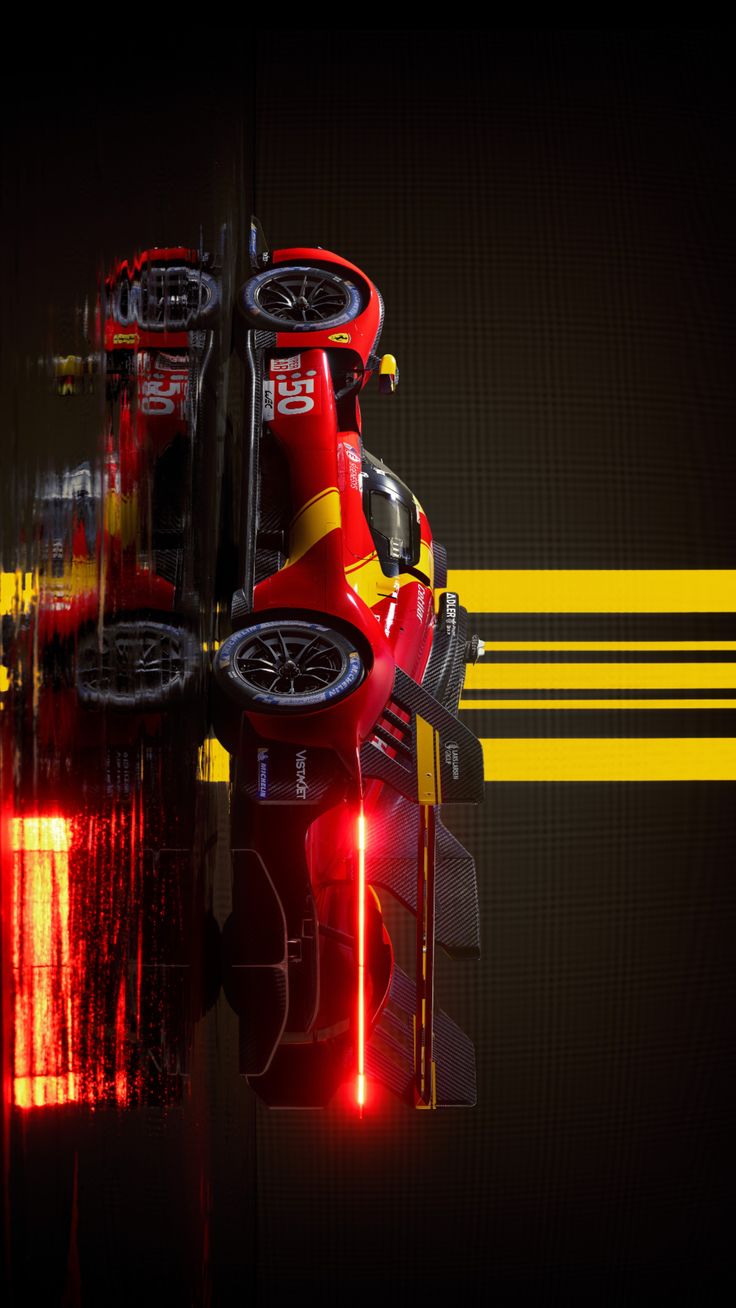

Manzoni’s styling crew collaborated closely with the aerodynamicists and engineers to ensure beauty and function coincided. The result? A race car that not only won trophies but also won hearts – even hardened endurance racing fans admit the 499P is a modern icon in the making.
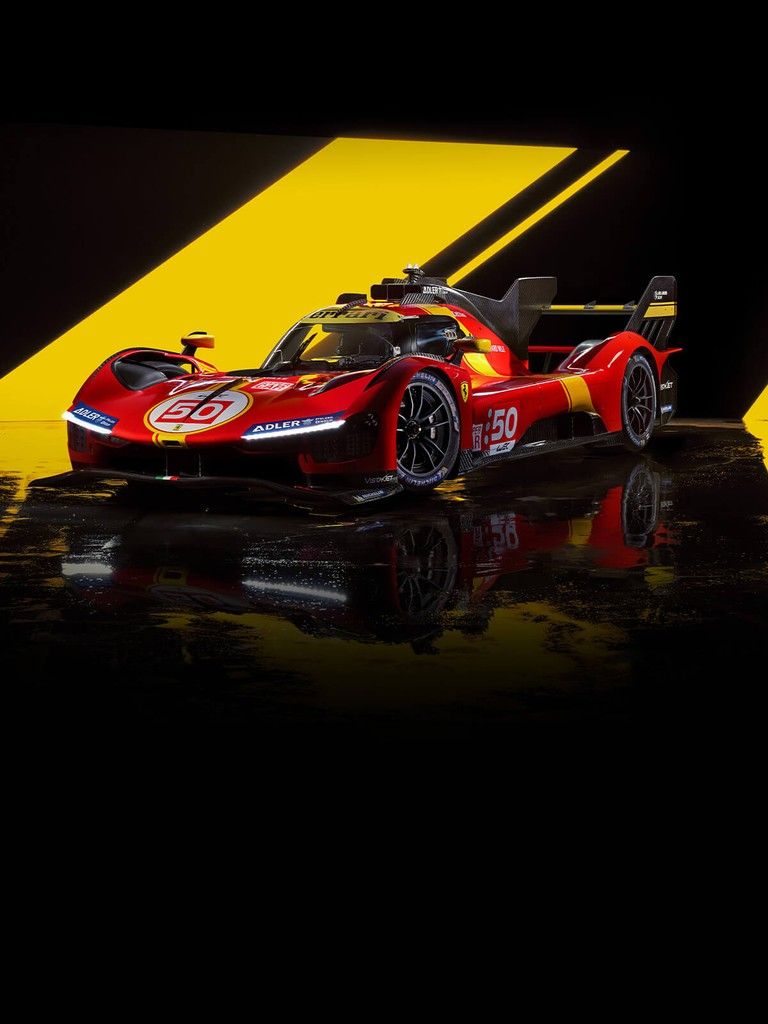

It’s hard to overstate the racing significance of the Ferrari 499P. This is the car that dragged Ferrari back to the top class of endurance racing after a five-decade hiatus. The last time a factory Ferrari prototype lined up at Le Mans, people were dancing to disco and the internet didn’t exist. Fast-forward 50 years, and in 2023 the 499P made its debut – emblazoned with the race number 50, a cheeky acknowledgement of the half-century gap. Its sister car bore number 51, a nod to Ferrari’s GT racing legacy. No pressure, then.

Pressure is exactly what Ferrari applied to the competition. At the centenary running of the 24 Hours of Le Mans in 2023, the 499P entered the fray against established titans like Toyota – and in a race that will enter Ferrari lore, the #51 Ferrari clinched victory in dramatic fashion. How dramatic? Try first overall Le Mans win in 58 years for Ferrari.
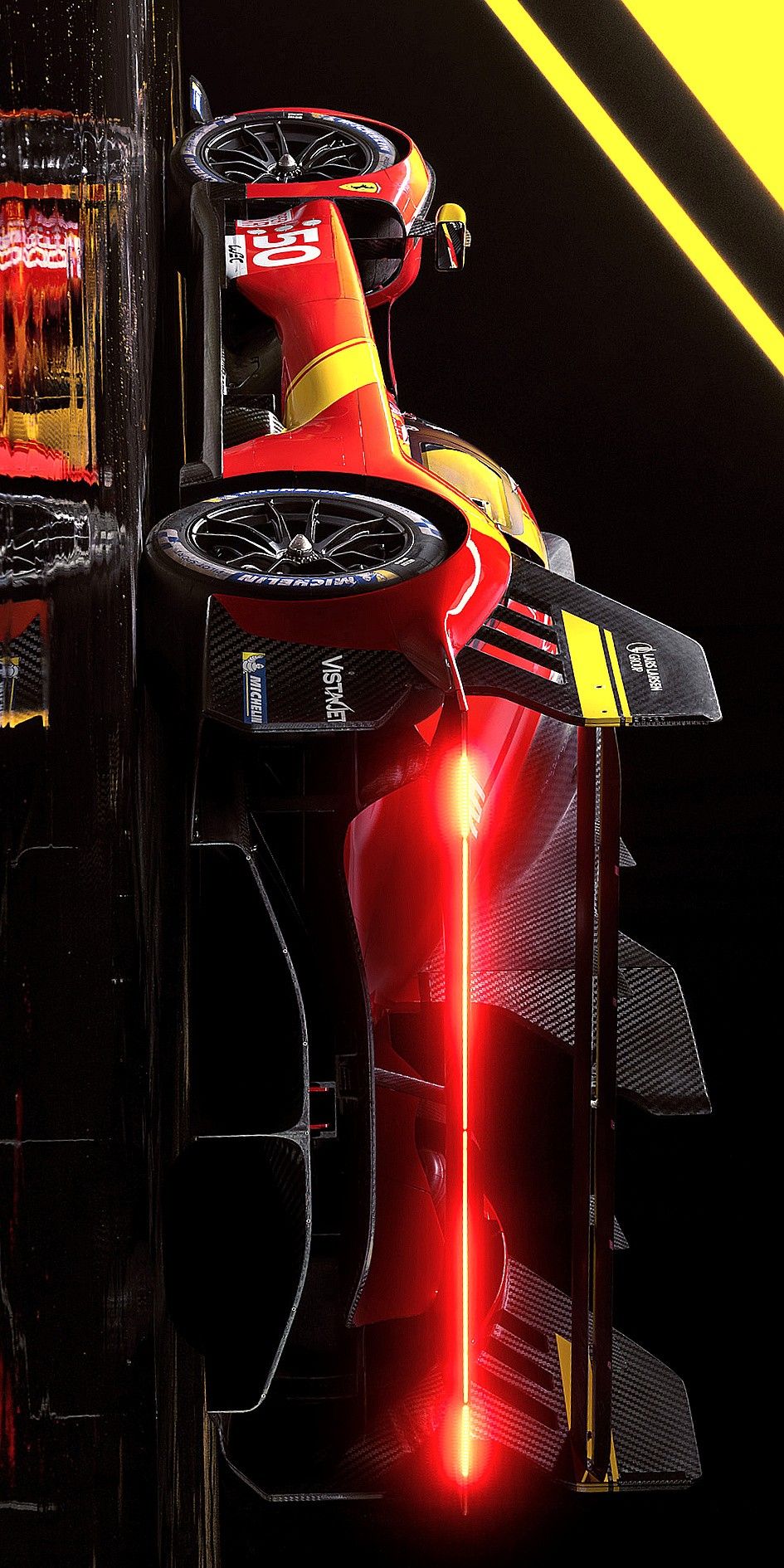
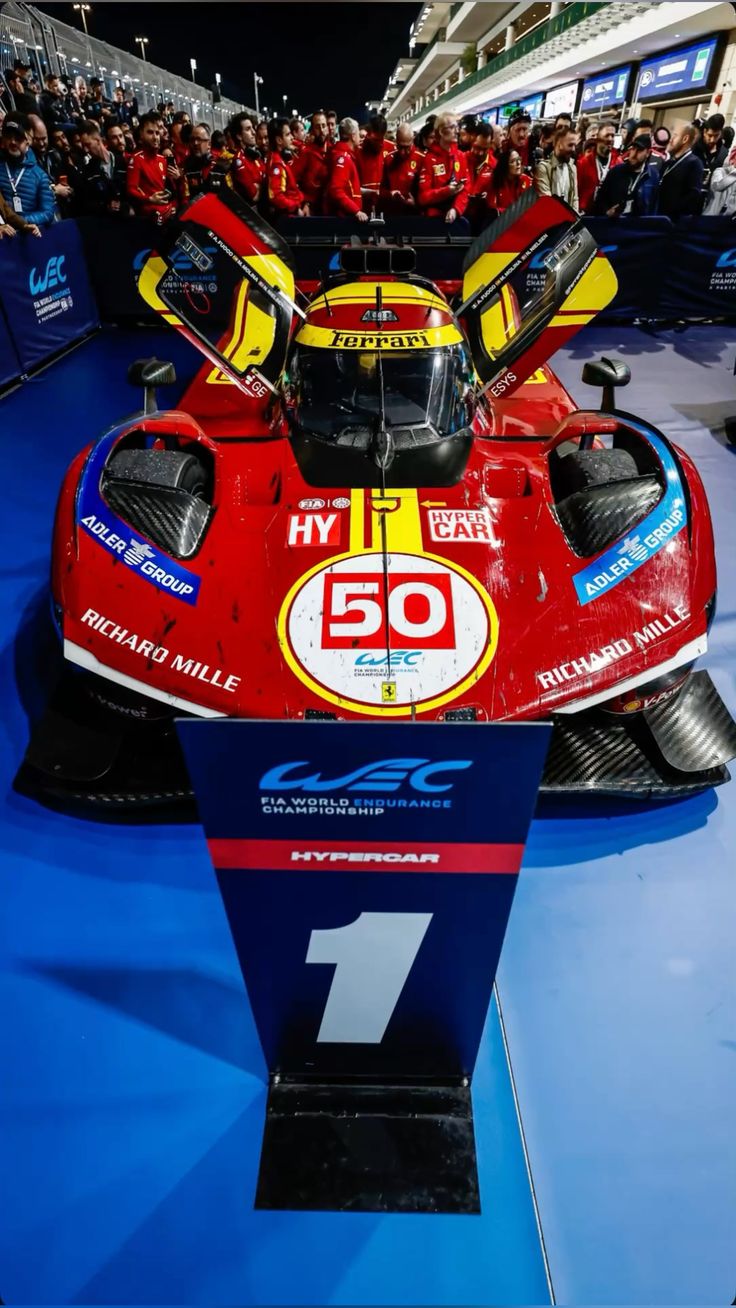
The race itself had all the twists of a Hollywood script: an all-day duel with Toyota’s hypercar, moments of tension when the Ferrari had trouble restarting during pit stops, and a pivotal mistake from the chasing Toyota in the final hours. Once the dust settled, Ferrari ended Toyota’s winning streak and triumphed by a comfortable margin, sending the Tifosi into raptures and probably causing a minor earthquake in Italy from the celebratory jumping. Enzo Ferrari’s ghost could finally smirk – the Prancing Horse was back on top at Le Mans.
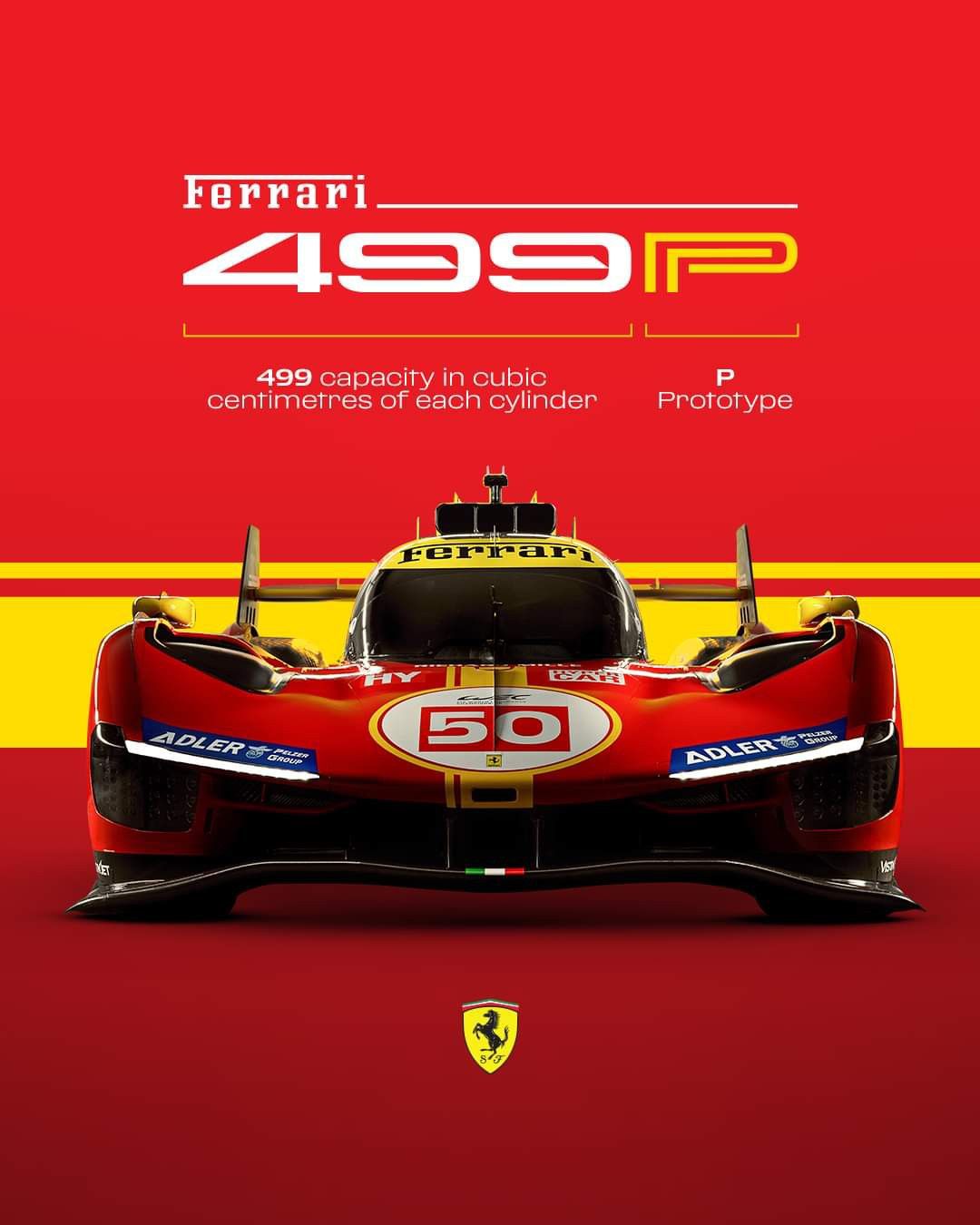
This victory wasn’t a one-off fluke, either. The 499P quickly proved its merit in the FIA World Endurance Championship, notching multiple wins in its first seasons. Ferrari, famously obsessed with Formula 1 for decades, reminded everyone that when they turn their attention to sports car racing, they can still write history books. It only took 24 hours in June 2023 to cement the 499P’s status as a legend: trophy in hand, champagne-soaked, and with the sort of fairy-tale comeback story that racing fans will be talking about for years.
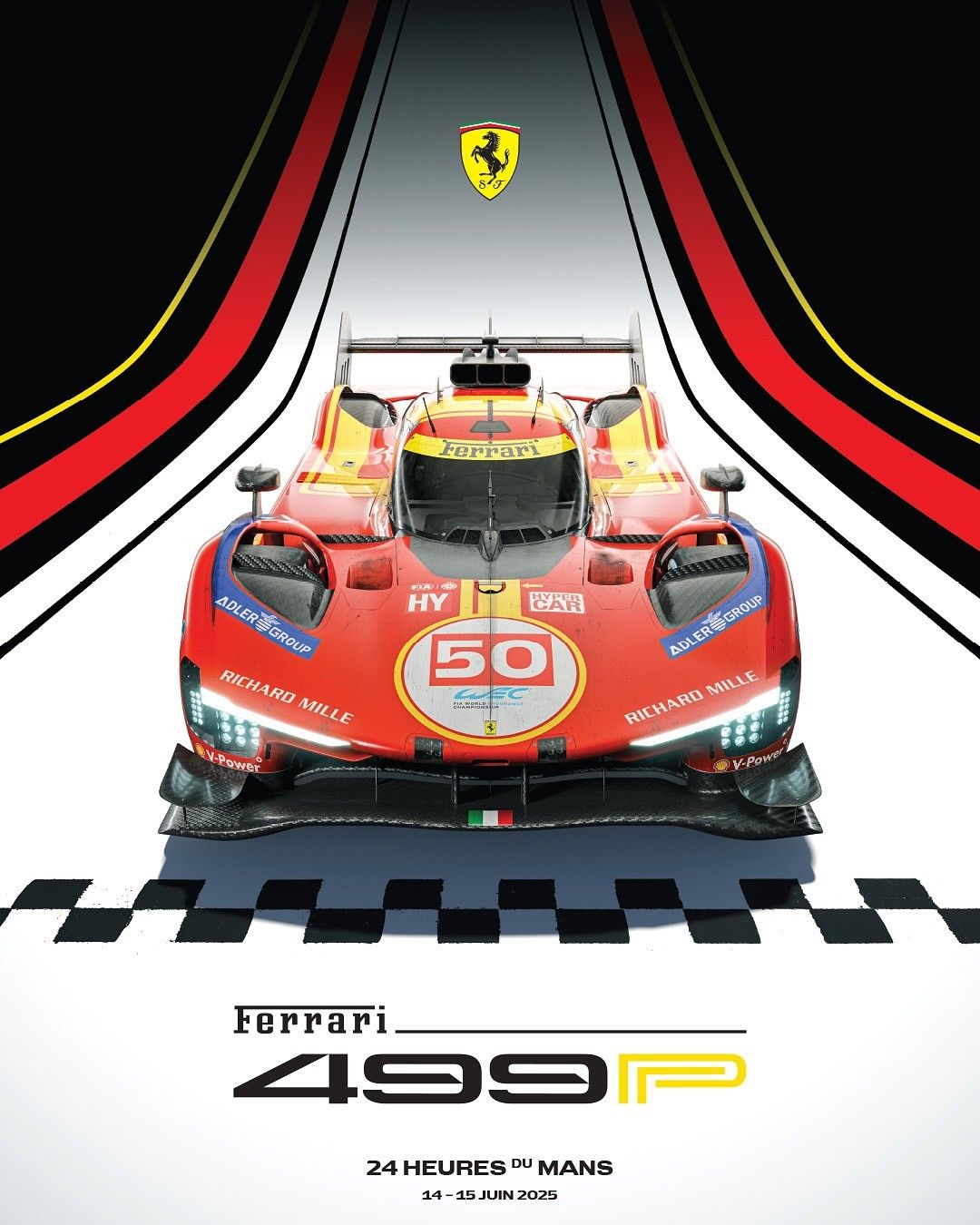
So how did Ferrari manage to hit a home run straight out of the gate with the 499P? The story behind the scenes is one of intense, secretive development and a dream team of talent. The project was entrusted to Ferrari’s Attività Sportive GT department under the leadership of Antonello Coletta, a man whose job title basically makes him the chief wrangler of Ferrari’s racing ambitions. Coletta had been quietly dominating GT racing for Ferrari with AF Corse, and now he had the mandate to conquer Le Mans overall.
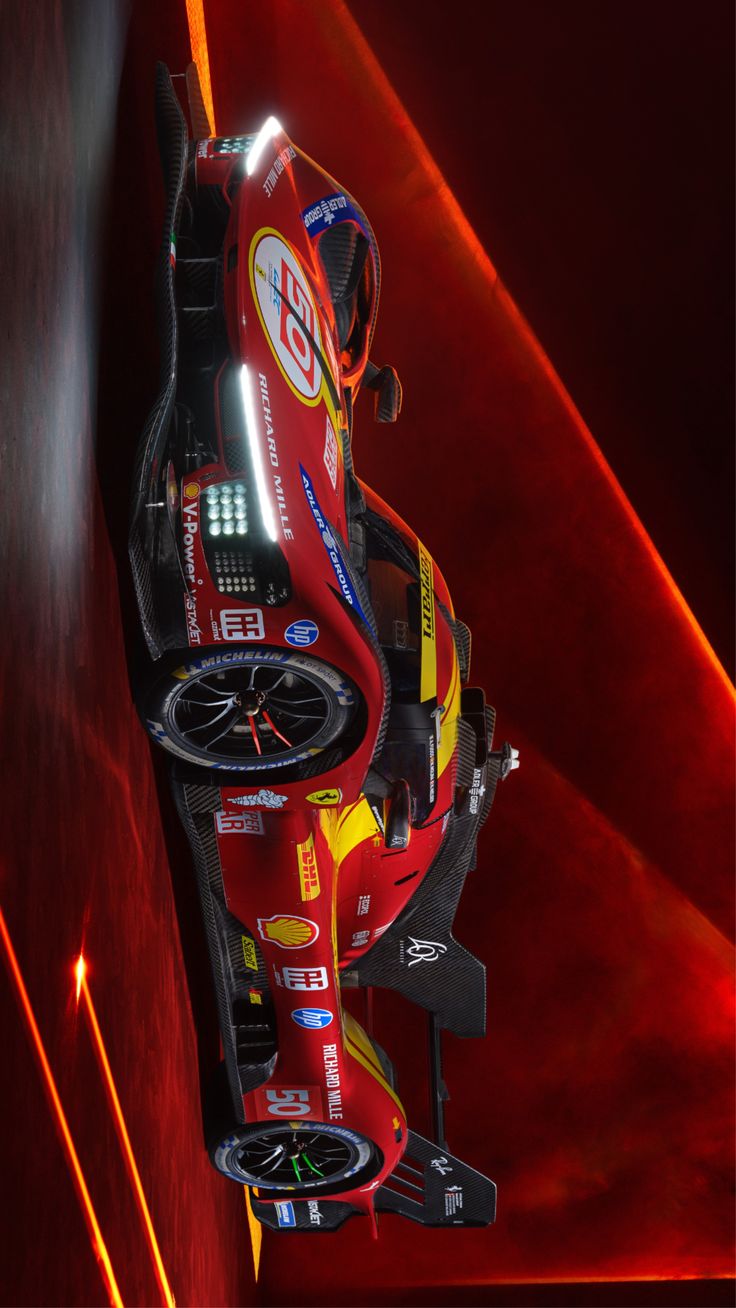
On the technical side, Ferrari appointed Ferdinando Cannizzo as the chief engineer to spearhead the design and development. Cannizzo and his team started with a blank sheet of paper, which he later admitted was “a particularly complex challenge” – code for we had to invent a lot of new stuff from scratch. Over two years, these engineers ran a marathon of simulations, wind tunnel sessions, and more than 12,000 km of testing to hammer out any kinks. Preparation was everything, and Ferrari wasn’t taking any chances in their grand return.
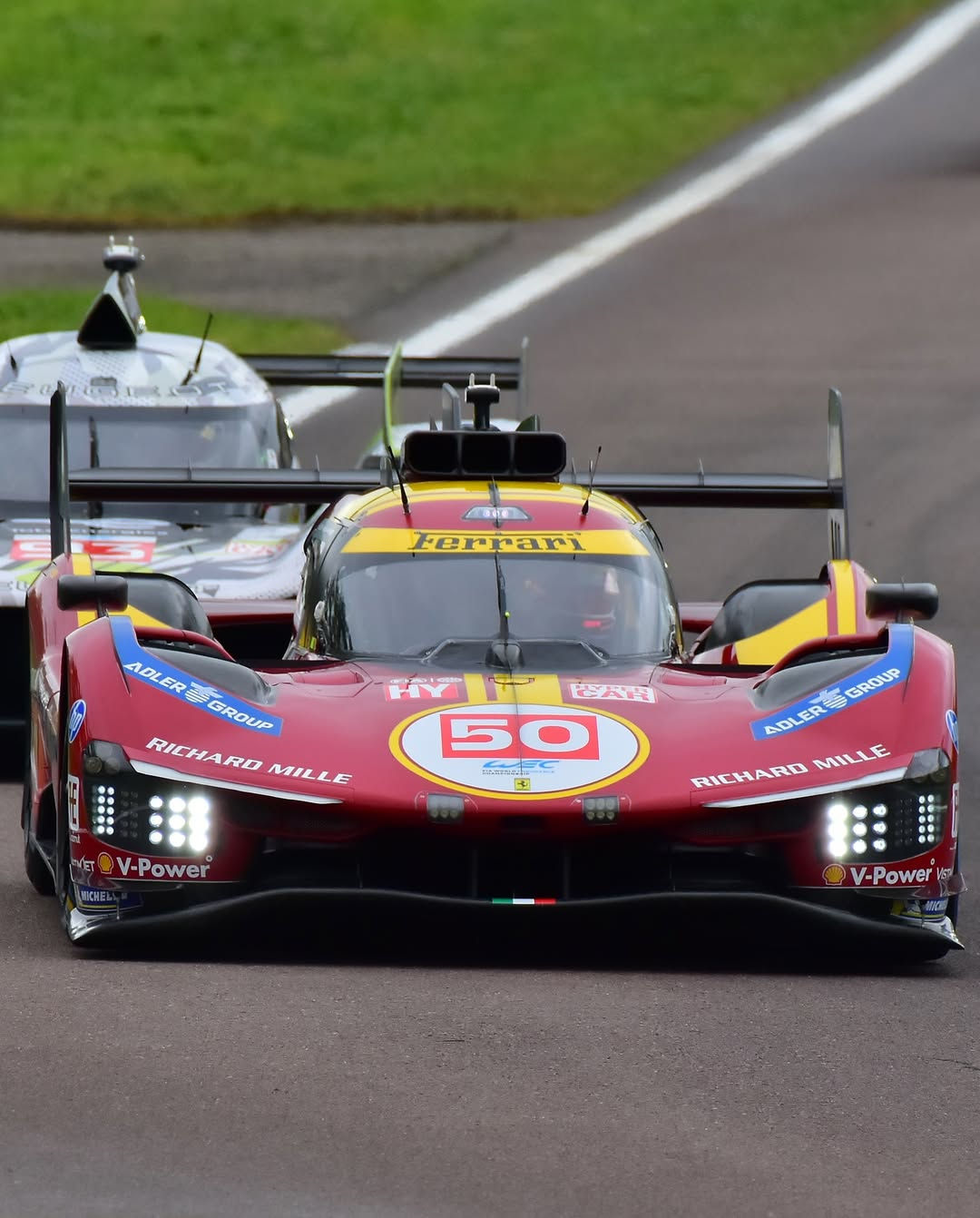
Crucially, the racing geeks and the styling gurus actually worked together. Coletta, Cannizzo, and design chief Manzoni enjoyed great interaction throughout the project – a collaboration that yielded a car as functional as it is beautiful. It’s almost heartwarming: Ferrari’s racing department known for pragmatism and its design department known for flair, singing kumbaya around a carbon-fiber campfire. The 499P truly was a passion project for Maranello, both an homage to Ferrari’s past glories and a manifesto for its endurance racing future.
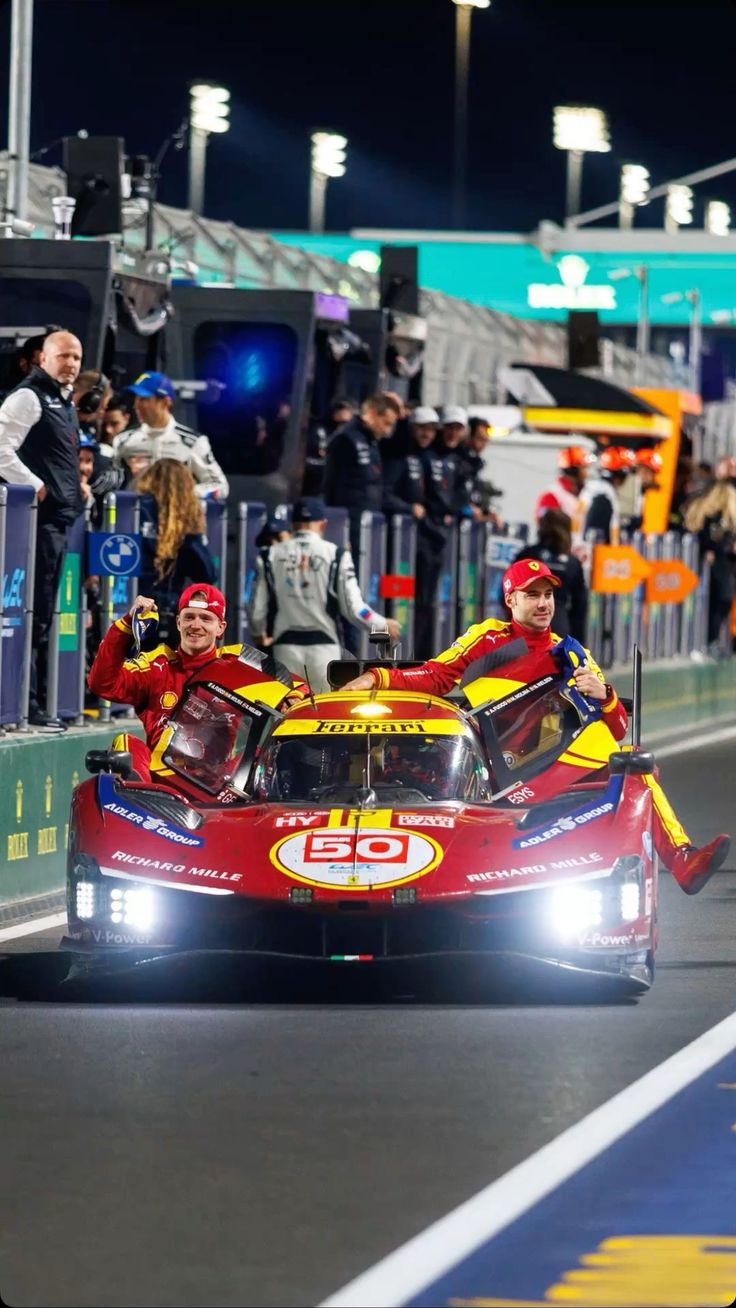
And let’s not forget the human element on track: drivers like Alessandro Pier Guidi, James Calado, and Antonio Giovinazzi – the heroes who took the 499P to that Le Mans victory. They had to learn the quirks of a brand-new hybrid machine and trust it at 330 km/h in the dead of night. By all accounts, once they got over the shock of having four-wheel drive and instant electric torque, they relished it. The 499P may be high-tech, but it demanded old-school guts to exploit its full potential.

The Ferrari 499P isn’t just a one-season wonder; it’s already a cultural icon for the Prancing Horse faithful. In Maranello, one imagines they’ve cleared a special spot in the museum for the 499P, right next to the 1960s legends, with the 2023 Le Mans trophy gleaming beside it. It symbolizes Ferrari’s return to form in endurance racing, blending heritage and high-tech like perhaps no other car in their history. The fact that it’s a hybrid and a V6 – things that would have been heresy to Enzo Ferrari – makes its success even more significant. It shows Ferrari can dominate the future without forgetting its past.
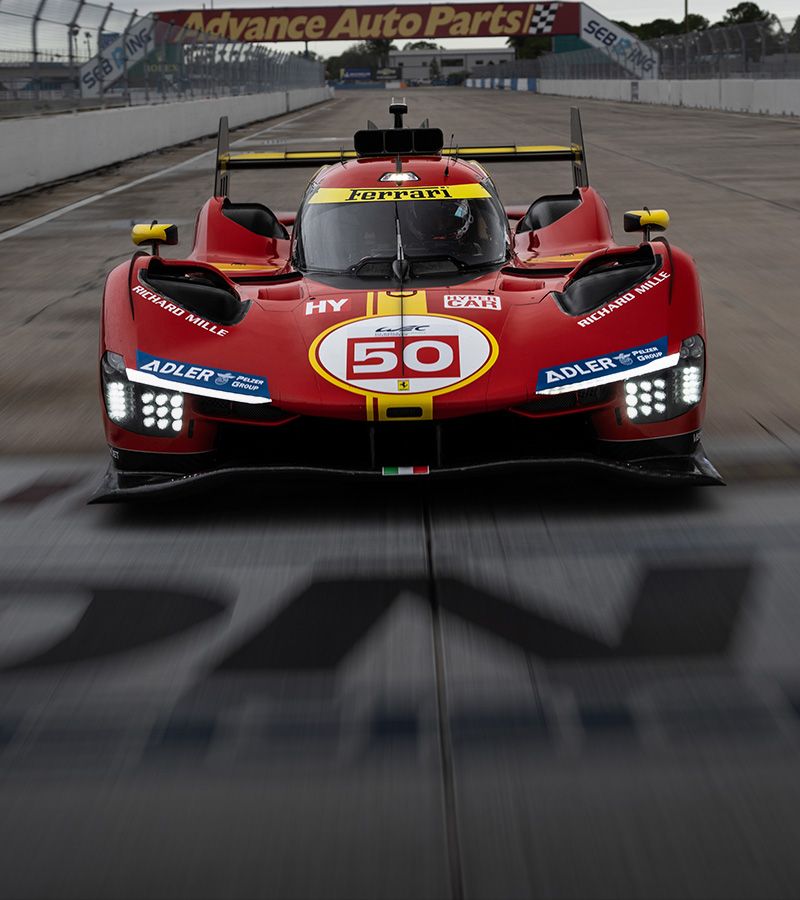
Of course, Ferrari being Ferrari, they couldn’t resist giving their most die-hard clients a chance to own a piece of this history. Enter the Ferrari 499P Modificata, a strictly limited track-only version of the Le Mans-winning car for those with sufficiently deep pockets and racing dreams. Freed from race regulations, the Modificata turns the wick up even higher – its hybrid V6 powertrain can unleash up to 870 horsepower because it isn’t bound by the racing authorities’ 680 hp cap. It even features a “push-to-pass” boost button for extra punch, just in case 870 wasn’t exciting enough. In essence, Ferrari has handed a select few customers the keys to a borderline prototype racer that could outgun the competition version. The catch? You can’t drive it home from the track, unless your home happens to have a private circuit in the backyard. But for collectors, the 499P – whether the actual race car or the Modificata – is pure motorsport gold: a Ferrari that won Le Mans in the modern era. That’s the kind of cachet money can buy, albeit only if Ferrari likes you enough to sell you one.

In the grand tapestry of Ferrari’s history, the 499P will go down as the car that brought the prancing horse back to endurance racing glory. It’s a rare beast that manages to be both a serious engineering tour-de-force and a bit of a show-off – efficient and eco-conscious on one hand, yet audaciously loud, fast and unapologetically Ferrari on the other. The fact it achieved all this while thumbing its nose at 50 years of absence makes the story even sweeter. The 499P has proven that sometimes, you can go back in time and come out on top: just grab some brilliant engineers, a visionary designer or two, sprinkle in a turbo hybrid powertrain, and race into the history books.
So here’s to the Ferrari 499P: a car that wields technology like a sword, carries the weight of history on its shoulders, and still manages to crack a mischievous grin as it thunders past the grandstands. It’s Ferrari’s world of endurance racing now – the rest of the grid is just trying to keep up.
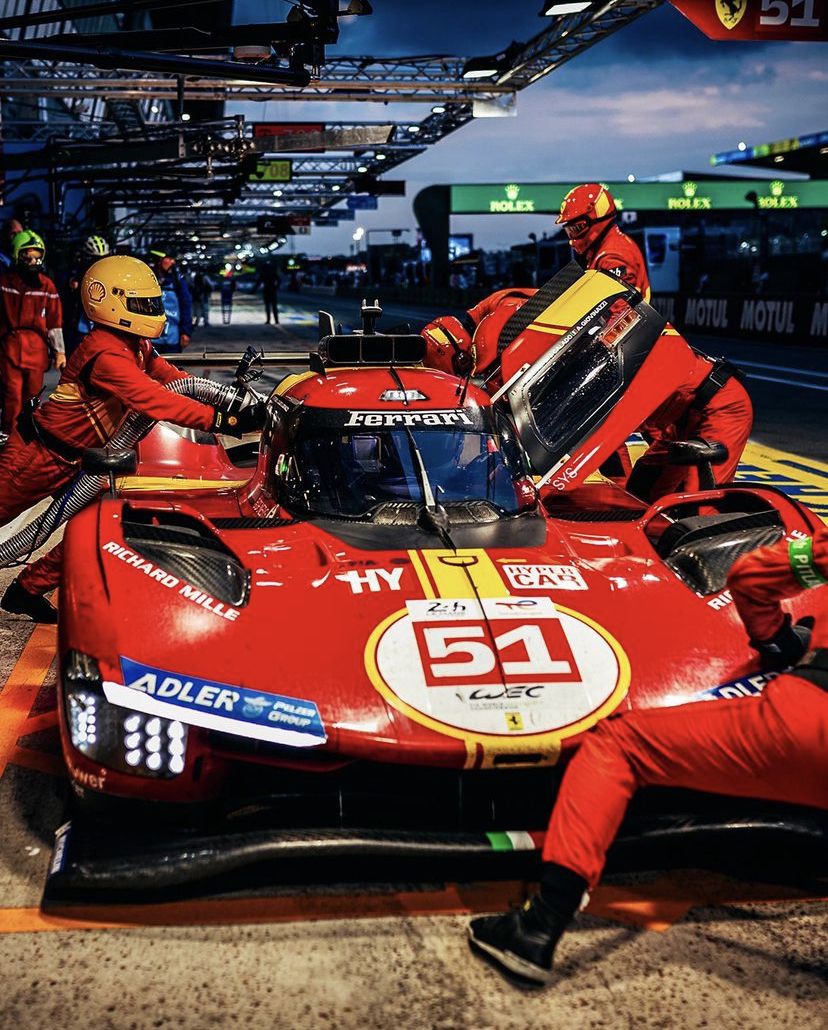
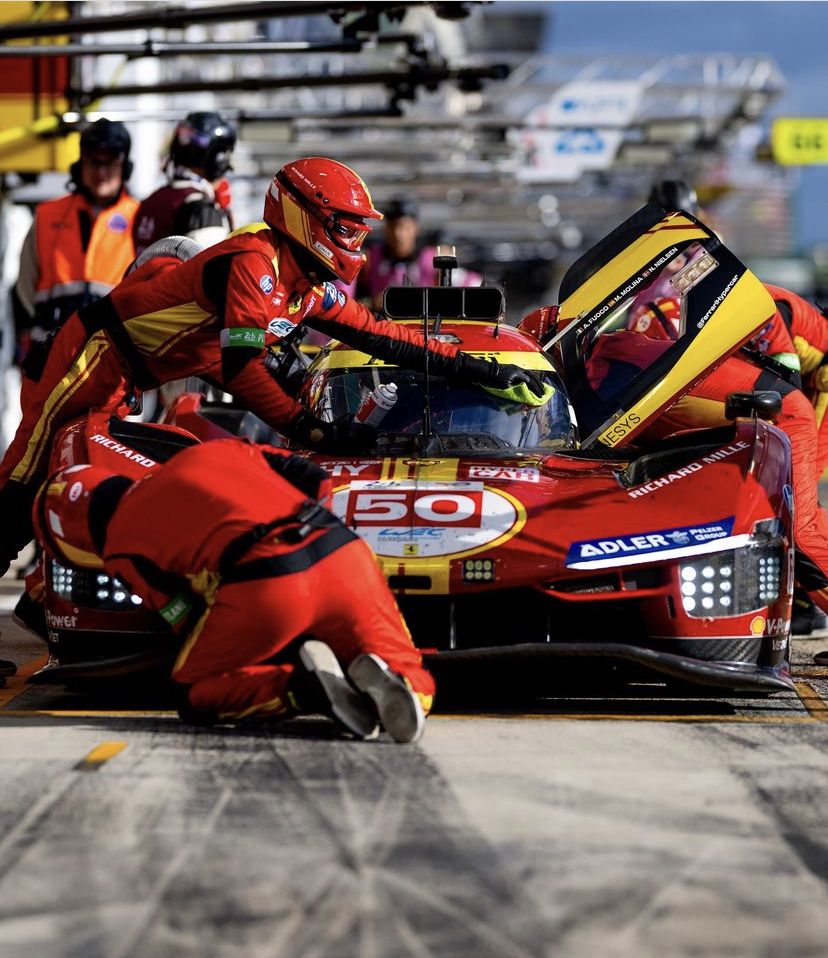

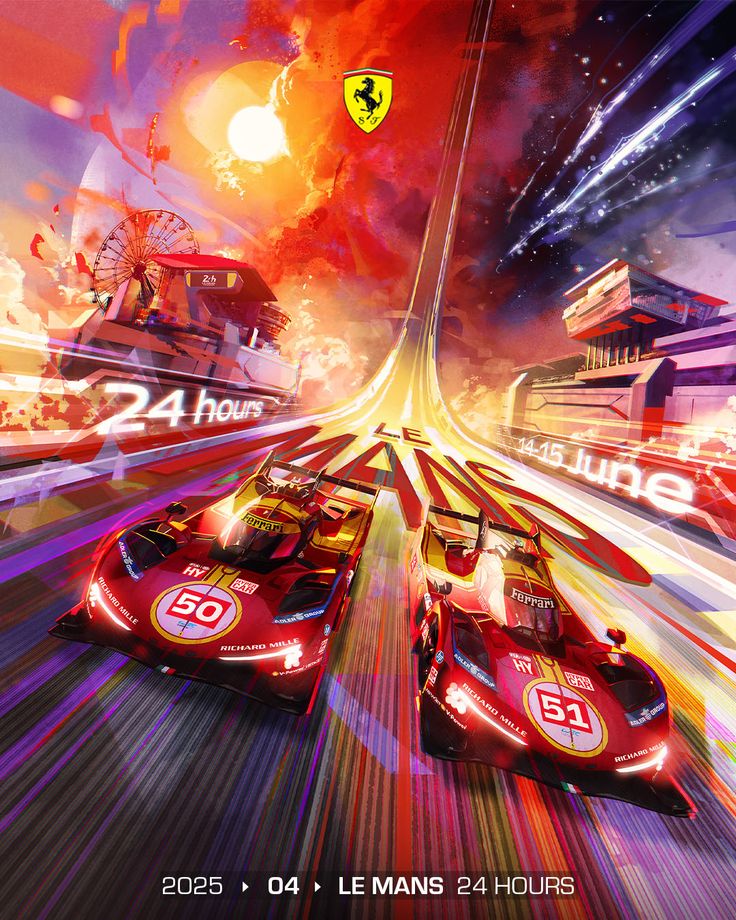
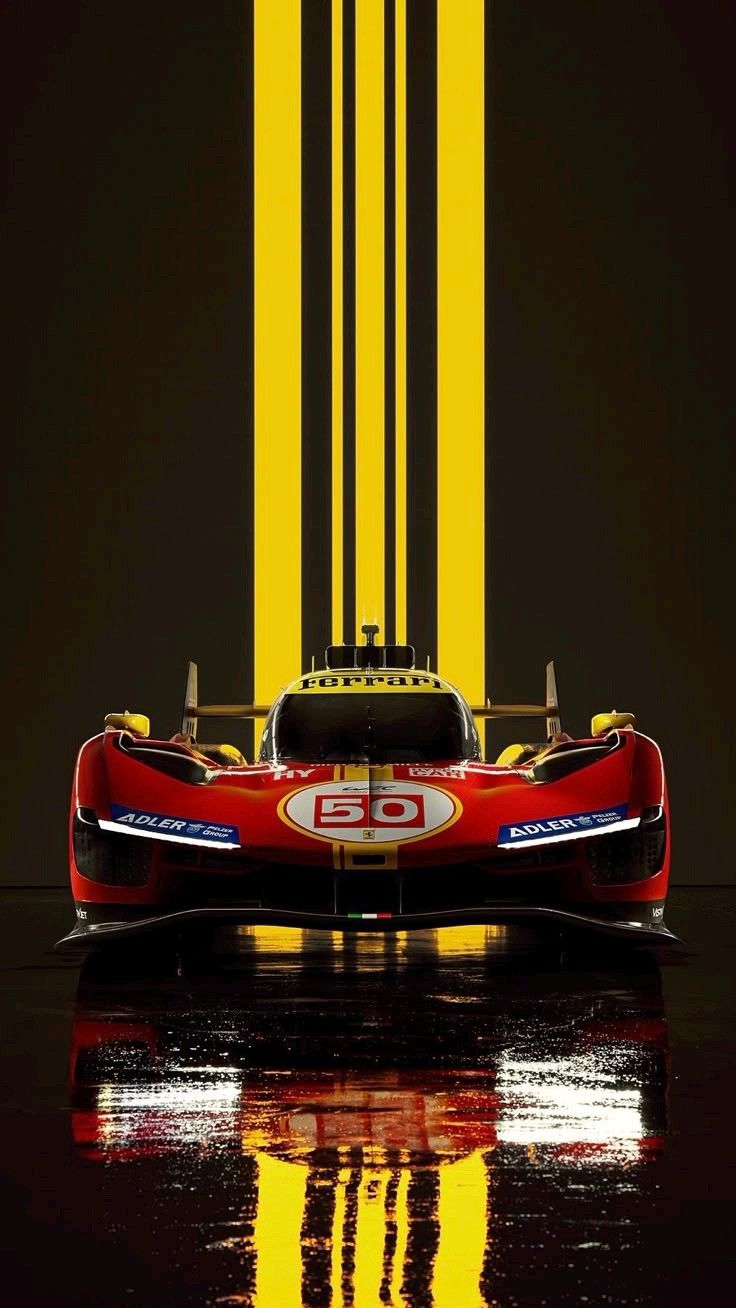
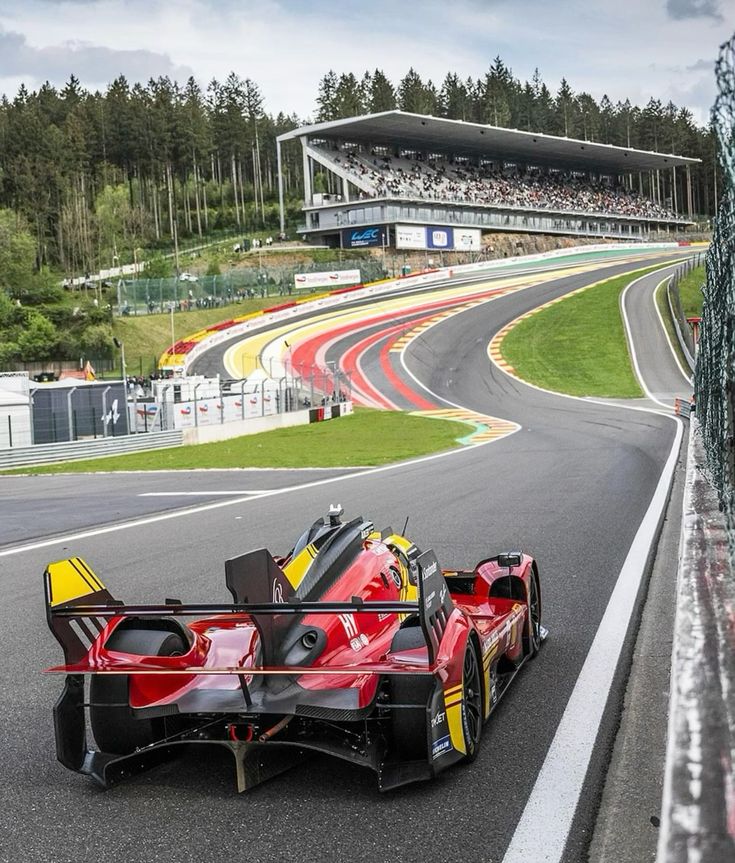
-